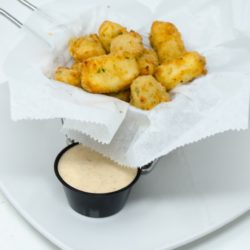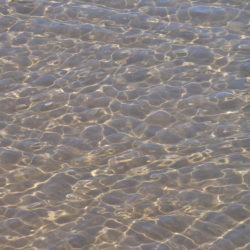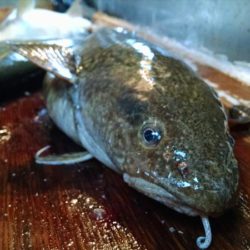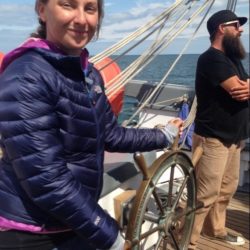River Talk explores the impact of water levels on the St. Louis River Estuary
The new season of River Talks began in October with two speakers who discussed the impacts of water level changes in the St. Louis River Estuary via Zoom. Brandon Krumwiede, Great Lakes geospatial coordinator with NOAA’s Office for Coastal Management, presented, “Water Level Change Impacts in the St. Louis River Estuary.” And Hannah Burgstaler, freshwater fellow at the Lake Superior National Estuarine Research Reserve, presented, “St. Louis River Estuary Water Level and Canada Geese Population Effect on Manoomin Survival Rate.”












